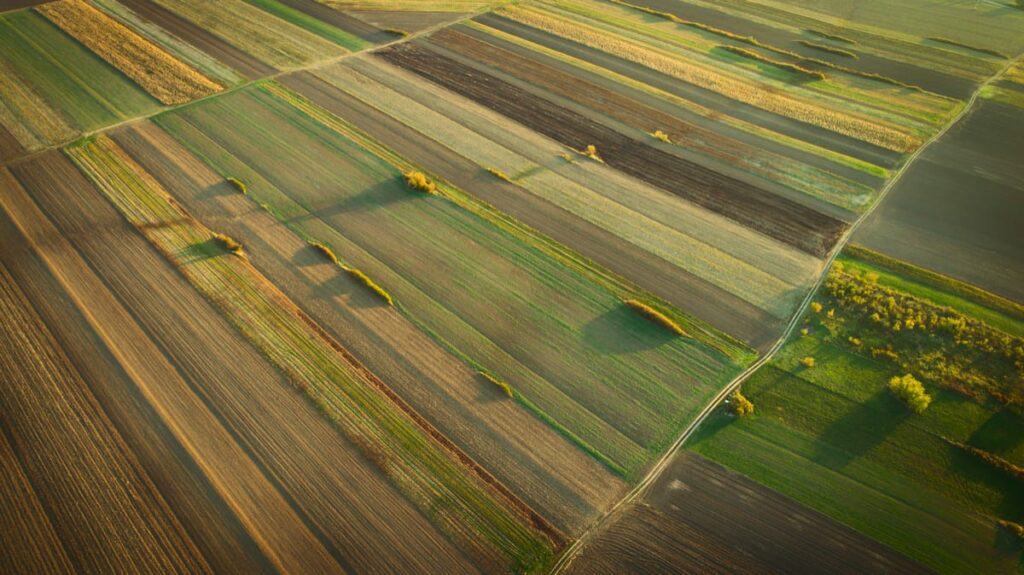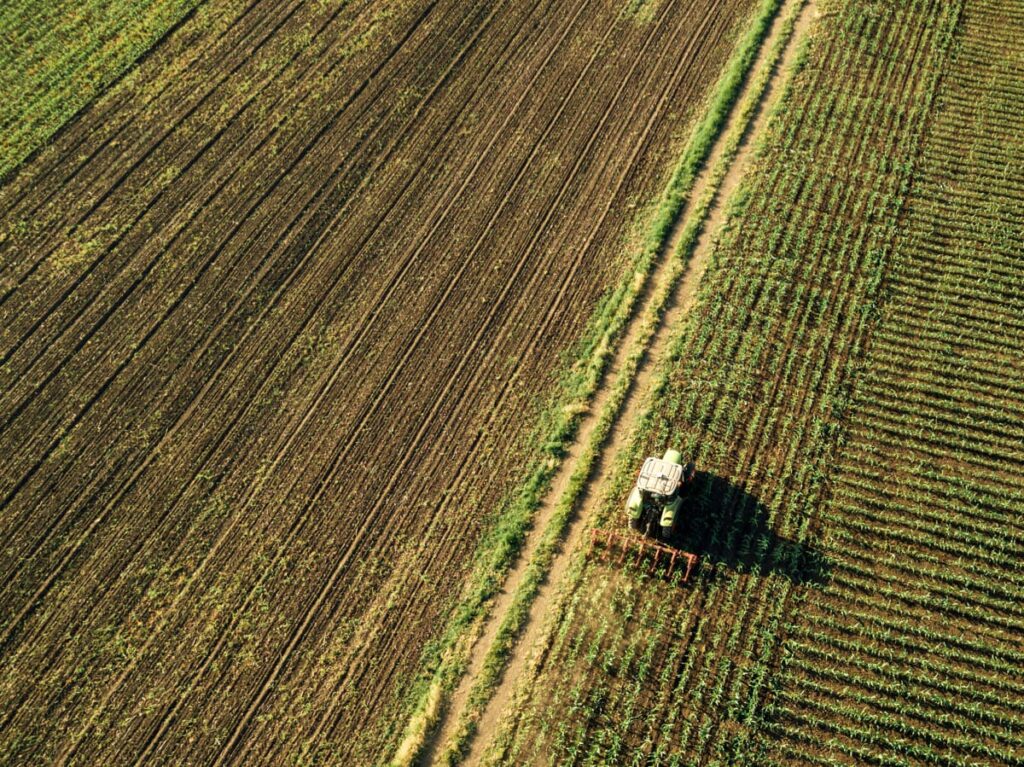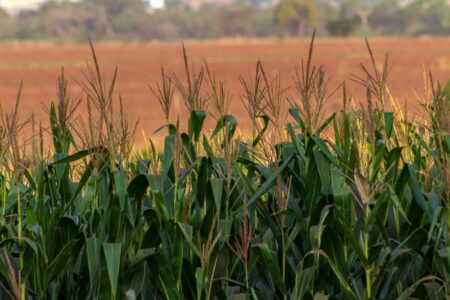The impact of climate change on agricultural activities is widely discussed by researchers and policymakers alike. How will climate change affect yields? Crop diversification? Food production? The answer, invariably, is that climate change will affect everything.
Impacts of climate change on crop yields
A recent study showed that global average crop yields would fall by 3.1% per degree Celsius of increased temperature. This result is consistent for all countries except Russia, a leader in soy production. The impact is more extreme in other crops, such as rice and cotton, which will decrease by 4% and 5.5%, respectively.
Elevated atmospheric CO2 stimulates plant growth, but the increased temperature can be detrimental if the nutrients are limited. The same is true for changes in precipitation, although projections are unclear.
In addition to increasing temperatures, climate change is expected to increase extreme weather events, and these extremes will reduce crop yields. Heavy rain, hailstorms, and flooding will physically damage crops, and these weather events will disrupt food production and lead to higher prices. In some areas, drought may become a significant issue as water supplies become scarcer.
Future studies should analyze differences in temperature, rainfall, and altitude between different agroecological regions to determine the precise impact of climate change on crop yields. Such analyses can help identify the spatial differences in crop yields and ultimately determine effective mitigation strategies for specific regions. The findings from these studies will help agricultural planners better plan and implement climate-change adaptation strategies.

Crop diversification in response to climate change
It is now widely recognized that crop diversification is one of the best options for reducing agricultural production risks under climate change conditions. Crop diversification can increase farmers’ capacity to cultivate different crops, improving their resilience to unforeseen climatic events. It can also increase household income and purchasing power, critical elements of stability under climate change.
Farmers should be able to access extension services, which can assist them in making the right decision. Extension workers are well-versed in crop production, and their advice can help farmers make informed decisions. In addition, output prices can influence the conclusion of a farmer to diversify their crop production. The following are some steps farmers should consider to diversify their crops and combat climate change.
Farmers’ crop diversification decisions are influenced by their previous experience with flooding or heavy rainfall. In one study, farmers whose previous exposure to flooding or excessive rainfall negatively affected one crop tended to increase their crop diversification efforts in response to the new climate scenario. The monetary value of these losses was then calculated. Crop diversification can improve both the yield and the price of produce, which is essential in times of climate change.
The importance of location-specific factors in crop diversification is emphasized. This is because the location of a farm and the type of agroecological conditions in a particular region greatly determine the extent of crop diversification and the economic benefits. Diversification can also increase farmers’ income, welfare, and financial benefits.
Crop-level adaptation to climate change
Adapting agriculture to climate change will require some steps. Farmers must first understand climate change, understand the impact on their farms, and how to adapt to changing weather conditions. This requires qualitative research on farmers’ views of climate change, weather-related risks, and adaptation strategies. The study also investigates farmer attitudes toward climate adaptation strategies, such as crop insurance. The study should better understand factors that influence climate adaptation decisions in agriculture.
While the perceived risks from the weather are essential, they are not associated with actual crop migration. Farmers’ education, attitude toward innovation, and off-farm employment determine their likelihood of adopting an adaptation strategy. The results show that age, gender, and in-field conservation practices have little effect on adopting any particular adaptation strategy. Therefore, climate-related beliefs may be a helpful proxy for crop-level adaptation.
Farmers’ adoption of various adaptation strategies varied significantly by country. The most common approach included:
- Increasing productivity and yield.
- Diversifying into different types of crops.
- Adding new technology to their farms.
Global agriculture has a high resolution and can respond to different types of stress. As a result, climate change simulations can provide important information about potential crop yields. However, it is essential to remember that crop yields are projected to decrease in many world areas during the 21st century. Adapting to climate change will help farmers avoid the potential losses associated with their crops.
Droughts and heavy rains may become more frequent and intense as the climate warms. These changes can lead to soil erosion, unbalanced rainfall patterns, and other adverse effects. Soil health is likely to worsen due to increased population and rapid urbanization. In addition, climate-related factors include gender inequality and inadequate education, and these factors can impact farmers in all regions of the world.

Crop-level impacts of climate change on food production
There is growing concern that rising temperatures and rain increase how crops fail in critical regions. The loss of soil organic matter and nutrients will reduce crop yields. Sea level rise will compound the effects, increasing saltwater intrusion and flooding cropland permanently. Moreover, cropland at lower latitudes will be less suitable for agriculture due to rising sea levels. These are just some of the crop-level impacts of climate change on food production.
However, some crops are susceptible to climate change. In low latitudes, higher temperatures reduce crop yields and increase evaporation. A 2o Celsius increase in local temperature in mid-latitudes can increase crop production by 10%. In low latitudes, the crop yields may drop by as much as 30%. The authors acknowledge significant uncertainties and stress the need for caution in predicting future crop yields.
If these changes continue, the world’s food production could be impacted. Rising temperatures in Sub-Saharan Africa will reduce the reliability of food production. If it becomes more challenging to produce enough food, the impacts of climate change on food production and supply may be devastating. A few key areas will be more prone to extreme weather conditions, which will affect food prices.
Because the physical climate system has inertia and is impacted by human social, economic, and political influences, it may take several decades for the climate to change. This may make it impossible for humans to prevent climate change for decades to come, but this is still an excellent time to start reducing emissions and developing more efficient farming systems.














